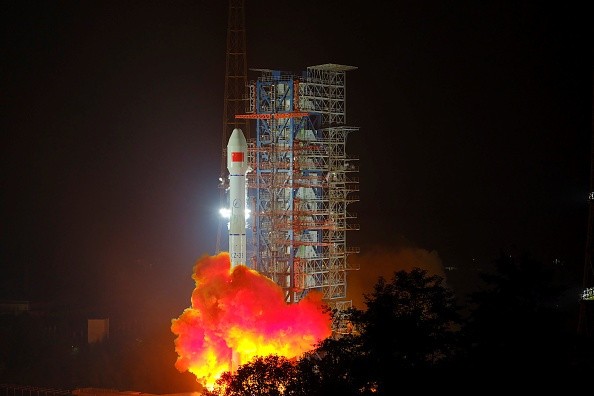
The loss of the Chinese Shiyan-10 satellite has been confirmed in spite of an otherwise victorious liftoff on the 27th of September being Monday.
The Shiyan-10 satellite sent to space on a Long March 3B rocket, which rises into air from southwest China's Xichang Satellite Launch Center on the 27th of September around 4:20 a.m. EDT - 0820 GMT; 4 p.m. local time.
The spacecraft was the second orbital launch of the day made by China, after the Jilin-1 Gaofen 02D satellite, which was conveyed by a Kuaizhou-1A rocket that left the ground and rose into the air from northwest China's Jiuquan Satellite Launch Center at 2:19 a.m. EDT - 0619 GMT; 2:19 p.m. local time. It was reported that the spacecraft has successfully reached orbit.
On the 28th of September being Tuesday, the Chinese state media publicized a statement where it confirmed the failure of Shiyan-10 satellite, claiming the spacecraft was not working as anticipated and was nowhere to be found following a normal flight the day before, SpaceNews reported.
Shiyan-10 Satellite Declared a Failure
Not too long after it left the ground to air on Monday, "a flash in the night sky" was noticed over New South Wales, Australia, and announced on Twitter. There is a possibility that flash was prompted by a burn of the higher stage of the Long March 3B rocket, which, at that moment proposes the launch was on course, as per SpaceNews.
Before launch, the name and motive of Long March 3B's payload had not been verified. However, information from the U.S. Space Force revealed the payload was aiming at a geosynchronous orbit around Earth.
A few hours following launch, an object was classified, creating a confirmation that the Shiyan-10 satellite had successfully detached from the upper stage of the rocket.
It was confirmed that the Long March 3B launch vehicle performed normally, but the Shiyan-10 satellite dealt with unusual operating conditions during launch and on the 28th of September being Tuesday it was formally announced that it was a failure.

China's Kuaizhou-1A Rocket Returns to Action
China's Kuaizhou-1A rocket also resumed action on the 27th of September being Monday, marking the first flight of the rocket since its failure to send the Jilin-1 Gaofen 02C satellite into orbit in September 2020. The rocket succeeded in delivering the Jilin-1 Gaofen 02D satellite to orbit, SpaceNews reported.
A high-resolution Earth observation satellite, Jilin-1 Gaofen 02D is part of China's planned Jilin-1 constellation of 138 high-performance optical remote sensing satellites.
The two Monday launches were the 35th and 36th orbital launches of 2021 which China made. The China Aerospace Science and Technology Corp. (CASC) was responsible for carrying out the launches and is targeting over 40 missions this 2021.
Related Article : Recent SpaceX Launch in Texas Poses Risk to Wildlife and Environment
For more news, updates about satellite and similar topics don't forget to follow Nature World News!
© 2026 NatureWorldNews.com All rights reserved. Do not reproduce without permission.





